It’s that retrospective time of the year again – last year’s look back was a popular feature so here we go again:
January 2008
– Linden Lab issued a warning on currency trading scams
– community-driven politics related to the US presidential election was observed in World of Warcraft
– we made a personal comparison between Second Life and World of Warcraft
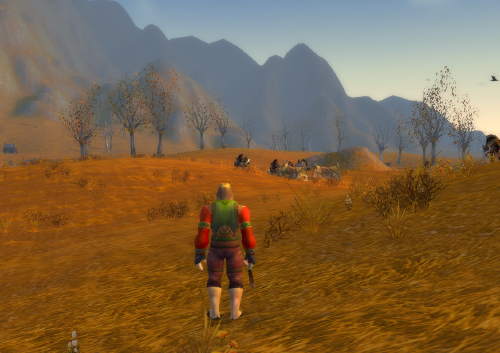
– Linden Lab made a significant intervention in regard to virtual banking
– Ten months out from the US presidential election, the satire was heating up in Second Life
– Second Life’s World Stock Exchange, run by Australian Luke Connell, was impacted by the banking ban
– The Australian Open made a return to Second Life
– The momentum towards beta built for Metaplace
– new Second Life resident and sometimes writer, Bix Ashbourne, wrote about the loss of his virtual world skepticism
– Australia Day was celebrated in style in Second Life
– A guest post from Wolfie Rankin on Furries, griefing and sexuality led to some of the years biggest traffic for a story.
February 2008
– We interviewed Australian singer and TV host in Second Life, Paisley Beebe
– The Linden Department of Public Works launched
– We hoped (in vain) for virtual worlds to feature in Kevin Rudd’s 2020 Summit
– We profiled the founder of Openlife, Steve Sima (Sakai Openlife)
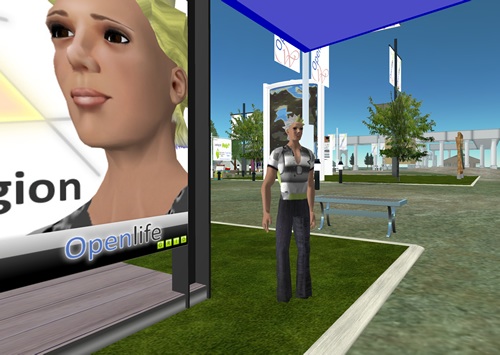
– We discussed text-to-speech with Cepstral CEO Craig Campbell
– Hello Kitty Online started to take shape
– The Enterprise 2.0 forum held at Luna Park, Sydney, showed that business was starting to get the virtual worlds picture
– Cisco opened a virtual hospital in Second Life
March 2008
– VastPark drew close to its open beta phase
– The Telstra Experience Centre launched in Second Life
– Linden Lab CEO Philip Rosedale stood aside
– We looked at ABC Island one year on in Second Life
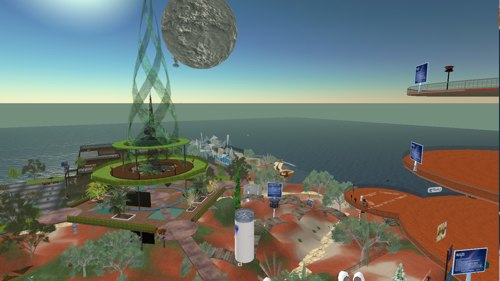
– A look at Telstra after a year in Second Life
– Episode 1 of The Metaverse Journal Podcast went live
– Linden Lab’s CEO testified before the US Congress
April 2008
– Linden Lab started their trademark clampdown
– Linden Lab struggled to deal with periods of high user concurrency
– An Australia Council funded art project, Babelswarm, launched in Second Life
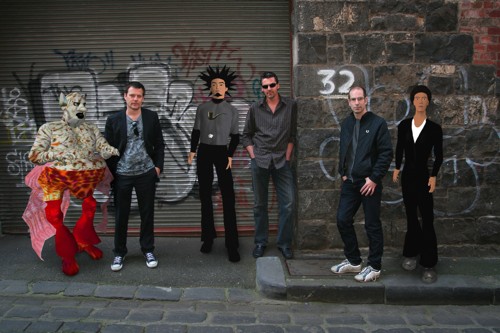
– We profiled Twinity’s co-founder, Dr Mirko Caspar
– Linden Lab gained a new CEO, Mark Kingdon
– A new Australian documentary on Second Life continued production for a 2009 release
May 2008
– The Sims Online ended its existence
– Personality conflicts caused some issues with the community driven ABC Island in Second Life
– We profiled Australian machinima producer, Skribe Forti
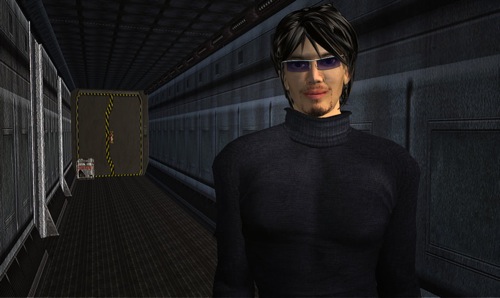
– Melbourne was the venue for a seminar on law and regulation of virtual worlds
– Some wondered whether a virtual recession would follow the real-world one in the United States.
June 2008
– More than 300 million people had registered to use virtual worlds
– David Rolston, CEO of virtual world provider Forterra, talks virtual worlds as training tool
– Barbie Girls virtual world adds a premium subscription option

– An Australian study finds that the stereotype of gamers as social rejects is false
– Second Life had its five-year anniversary and we summarised its achievements in that time
– New writer for The Metaverse Journal, Feldspar Epstein, had a further look at Australian educational institutions in Second Life
– Twinity went under the microscope to look at its usefulness in a growing virtual world market
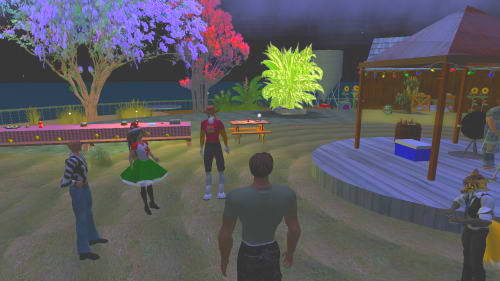
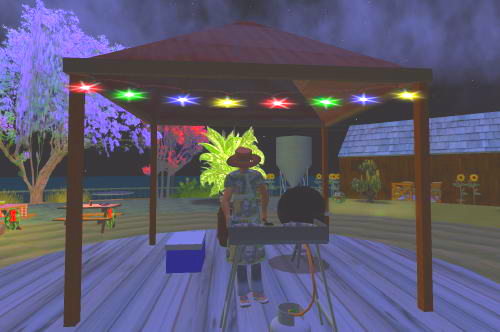


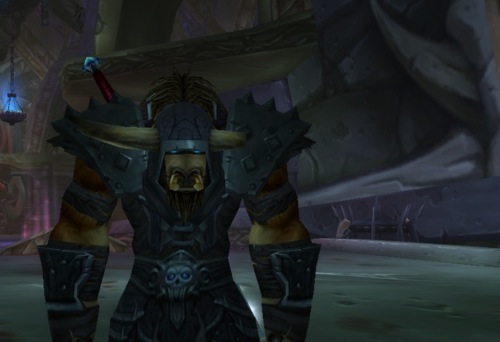
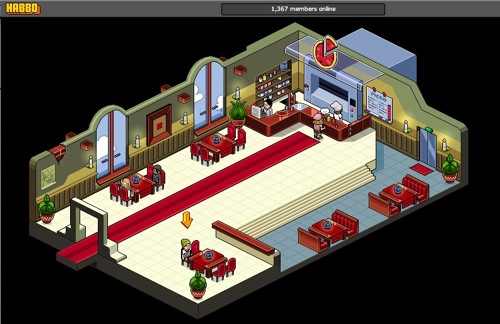
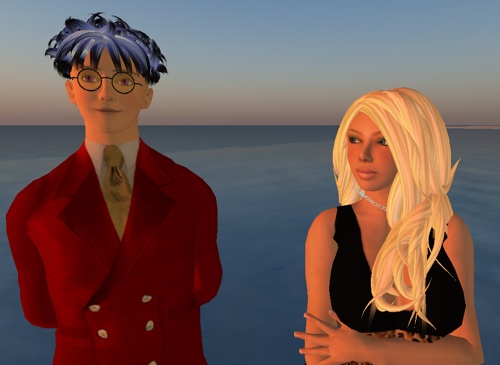
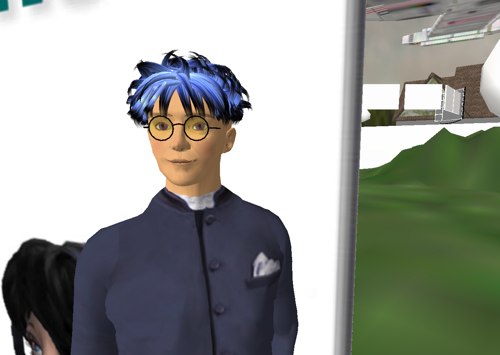

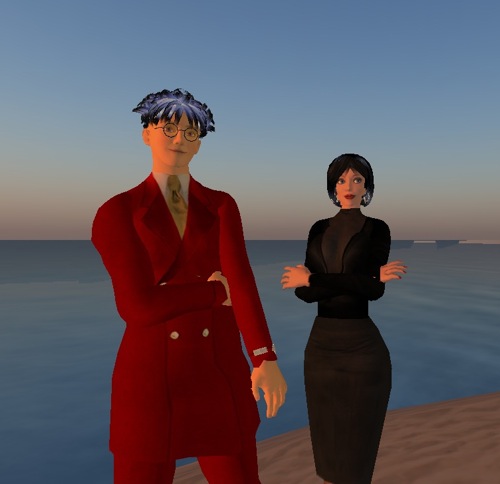
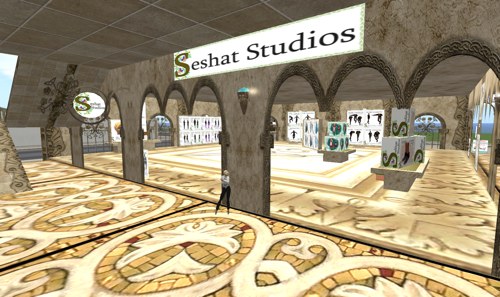


Recent Comments